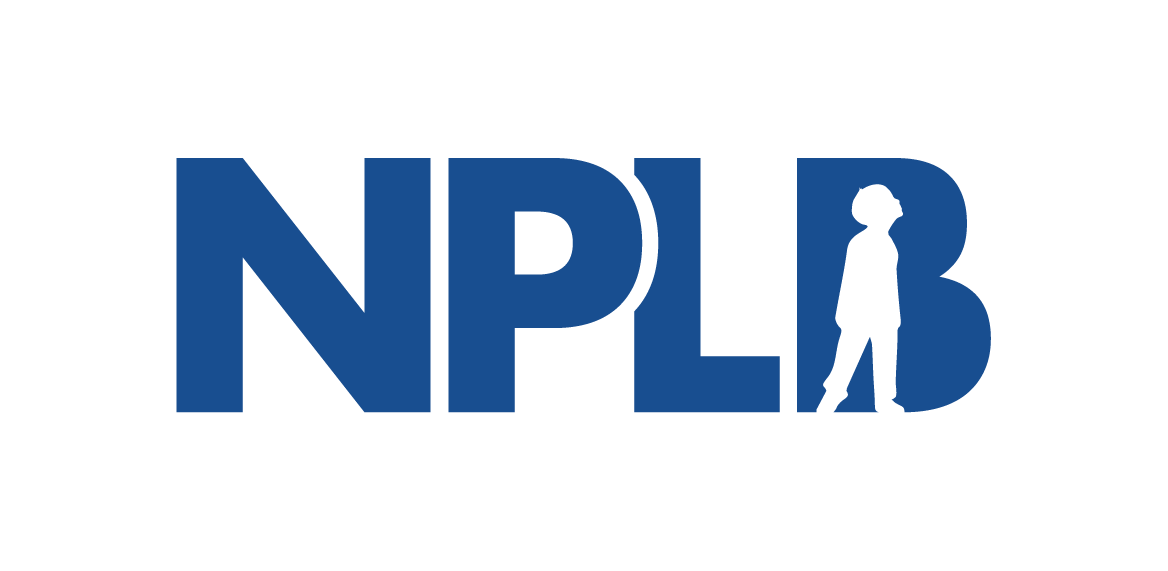An investor analysis of the Inflation Reduction Act: What the bill will mean for future cures
33 investors whose funds manage $86B in capital detail the ways in which the imbalanced price setting provisions in the Inflation Reduction Act will warp investment in research and development and lead to fewer new cures.
Healthcare Investors Make a Case for A Simple Fix: Parity of “Negotiation” for All Drugs at 13 Years
The current Senate bill, with price controls starting at 9 years, would defund small molecule R&D for diseases of aging, costing lives and raising costs, but this can be averted by changing 9 to 13.
Executive Summary
This analysis is prepared by healthcare investors whose R&D investments fuel the development of tomorrow’s medicines.
The Senate drug bill, as written, would make it very difficult for any investor to justify funding small molecule drugs because 9 years is too short a time post launch to generate a positive return (compared to average of 14 years now).
If passed, the bill would sadly result in the defunding of important R&D directed at cancer, Alzheimer’s, blindness, ALS, and other diseases of aging.
Small molecules are not cheaper to develop. They are not less risky. The calculus for funding their development is essentially the same as for biologics and they merit the same incentives.
Setting price controls on small and large molecule drugs alike at 13 years would simultaneously:
Preserve most incentives to develop novel small molecule drugs
Ensure that all drugs essentially “go generic” without undue delay, putting an end to wasted spending.
Contrary to how some people and the CBO read the bill, there is no floor to how low CMS could set prices and therefore investors must assume that the price cuts will be much deeper than just 25% after 9 years.
Skewing R&D incentives from small molecule pills to large molecule injectable drugs would ultimately reduce treatment options, increase the number of injections, and raise the cost of care for patients, payers, and society.

